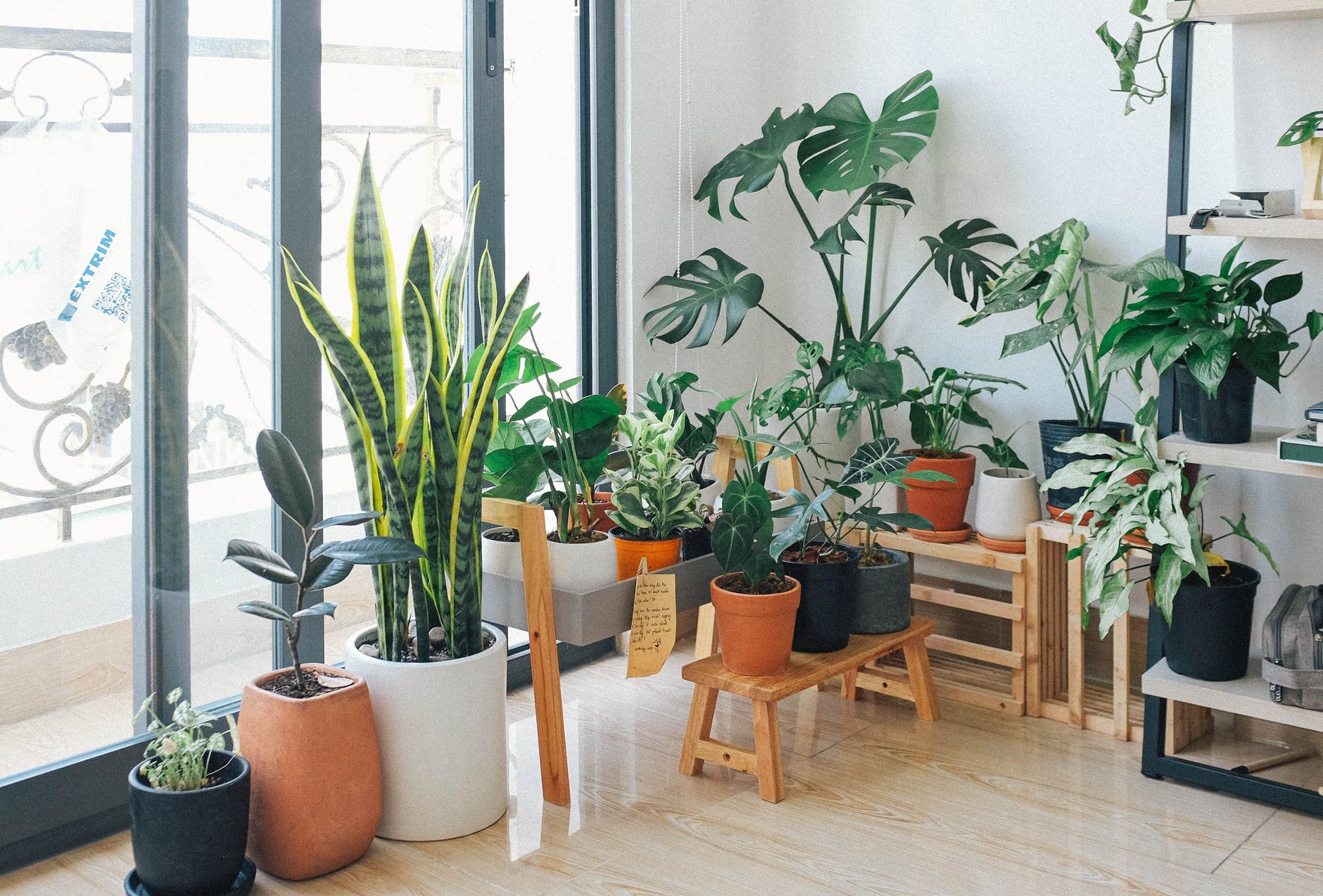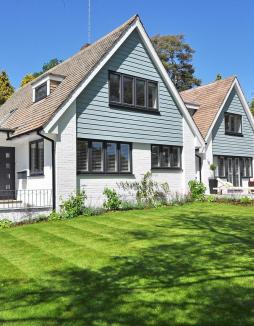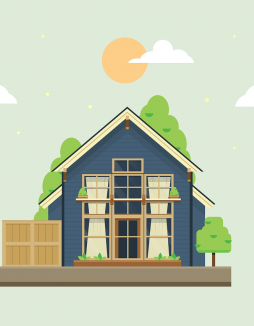Most Demanding Indoor Plants to Liven Up Your Home Decor
Bring the Outdoors Inside
One thing that pretties much all design pros agree about is that incorporating living plants into your interior home décor is a good thing. Regardless of what type of backyard or balcony space – or lack thereof – you have available to you, you can still experience nature's benefits by bringing some houseplants inside. Not only do plants help to create a cozier and vibrant atmosphere, but they provide some very real health benefits, as well. They don’t just freshen up the room; they freshen up the air by generating fresh oxygen and boosting your indoor air quality. Studies also show that plants can serve to help improve your mood and reduce your stress levels.
10 Great Houseplants for Livening Up Your Space
Some plants you can use to decorate and liven up your space? Some of that will depend upon factors like how much space you have, how much natural light you have available, and how you want to use plants in your decorating scheme. But even within these parameters, there is almost no limit to the number of options available to you. Not sure where to start? Here are some great go-to houseplants that come highly-recommended by botanists and interior designers alike:
1. Fiddle Leaf Fig
The fiddle-leaf fig is a small tree that grows well in containers. It does best in a location that receives direct and indirect light, so it’s particularly well-suited to sunrooms. These trees can grow several feet tall, so bear that in mind when you’re planning for indoor placement. Also, be aware that these plants are toxic to many pets, so you’ll need to make sure your furry friends don’t chew on the stems or leaves.
2. Areca Palm
Staying with the indoor tree theme, the areca palm is a widely-used large plant that provides a more tropical flair. Unlike the fiddle leaf fig, the areca palm does best with bright, indirect light; placement near a south-facing or west-facing window is your best bet. They can be started as small tabletop plants, and then transferred to larger containers to grow and flourish.
3. Snake Plant
No need to be a fan of snakes to appreciate the benefits of a snake plant. As the name, the plant resembles a snake in standing position, and the leaves display some lovely variegation patterns. Snake plants need little water, don’t grow very tall, and can be placed nearly anywhere in the home. They also do wonders for interior air quality by removing several toxins.
4. Boston Fern
Boston ferns are some of the most popular houseplants, highly valued for their long, graceful fronds covered with tiny leaves. They are relatively tough plants that are easy to propagate, and they have a higher tolerance for light and dry conditions than other comparable species. Boston ferns are perennials that work equally well in hanging baskets, on tables, or windowsills.
5. Dumb Cane Plant
Dumb canes are beautiful indoor plants that only require low, indirect light. Their name comes from the fact that chewing the stem can render you speechless (literally), thanks to oxalates, which can impair your tongue and throat. But as long as not your pets chew on them, dumb canes are an excellent indoor plant addition that features a striking, mottled pattern on its large leaves.
6. Rubber Plant
Rubber plants are small trees related to the fig, and they earned their name from the sap, that can be used to build rubber. Their leaves also feature a shiny, rubbery-looking appearance. The dark green variety is the most popular, but they come in other color options as well. As long as the proper temperature and moisture are maintained, these indoor trees can reach 10 feet in height.
7. Chinese Evergreen
The Chinese evergreen is a popular foliage plant that some have called an interior decorator’s dream. This resilient plant features beautifully variegated green leaves with accents of cream, yellow, or other colors. As long as there’s some indirect light available, these plants can thrive indoors. The Chinese evergreen is also known to be one of the top species for purifying indoor air.
8. Dracaena Warneckii
Though you may not have known it by name, the chances are good that you’ve seen a dracaena warneckii on someone’s windowsill. This tropical shrub prefers bright, indirect lighting, and its glossy leaves and colorful patterns create an excellent herbaceous focal point for your home. They’re also easy to care for, and the adult plant can reach up to 12 feet tall!
9. Golden Pothos
One thing that makes the golden pothos great is the fact that it doesn’t require a green thumb at all. These plants like indirect sunlight, but they can survive in low light, too. Even if you forget about it and end up neglecting it from time to time, it usually does just fine. They don’t grow huge and can be placed almost anywhere. The golden pothos is a good air purifier, too.
10. English Ivy
English ivy is traditionally one of the most popular plants cultivated both outside and inside the home. It is not difficult to care for at all and is relatively easy to grow. Soil needs to be kept moist (but not too wet). Otherwise, the only thing to bear in mind is the fact that you should keep English ivy out of direct sunlight. And not only is this plant attractive, but it also helps to reduce air pollutants like mold.
Go Green with Your Interior Décor!
You really can’t go wrong by going green with your interior design! I’m so passionate about the topic featuring the plants I display in my own home. But of course, when it comes to furnishing, accessorize your home correctly with a few plants. Let me encourage you to take the opportunity to explore our many signature collections at Jennifer Adams! Whether you’re looking for some unique decorations, fantastic area rugs, or some plush, soft bedding, we offer all that and more!













